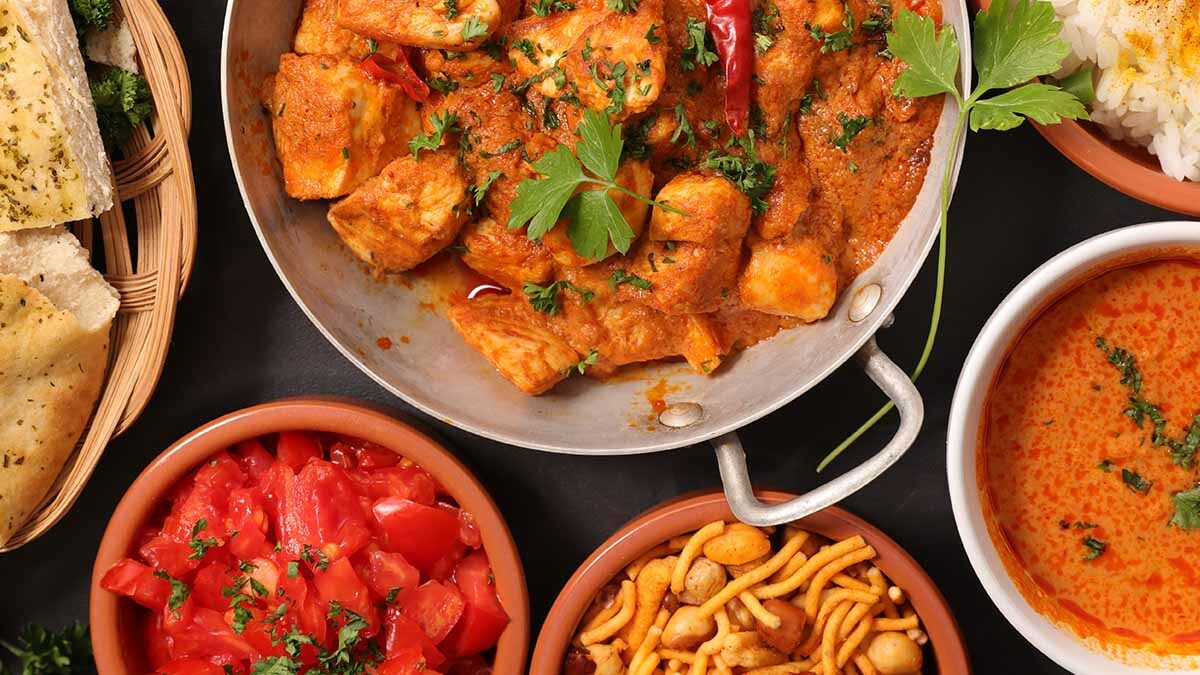It is estimated that many tumors start around the age of 20. However, detection of cancer is normally around the age of 50 or later. Thus, it takes cancer decades to incubate. Why does it take so long? Recent studies indicate that in any given type of cancer, hundreds of different genes must be modified to change a normal cell into a cancer cell. Although cancers are characterized by the dysregulation of cell signaling pathways at multiple steps, most current anticancer therapies involve the modulation of a single target. Chemotherapy has gotten incredibly specific, but the ineffectiveness, lack of safety, and high cost of these monotargeted therapies has led to real disappointment, and drug companies are now trying to develop chemo drugs that take a multitargeted approach.
Many plant-based products, however, accomplish multitargeting naturally and are inexpensive and safe compared to drugs. However, because drug companies are not usually able to secure intellectual property rights to plants, the development of plant-based anticancer therapies has not been prioritized. They may work (and work better for all we know), and they may be safer, or even fully risk free.
If we were going to choose one plant-based product to start testing, we might choose curcumin, the pigment in the spice turmeric (the reason curry powder looks yellow). Before we start throwing money at research, we might want to ask some basic questions, like “Do populations that eat a lot of turmeric have lower cancer rates?” The incidence of cancer does appear to be significantly lower in regions where turmeric is heavily consumed. Population-based data indicate that some extremely common cancers in the Western world are much less prevalent in regions where turmeric is widely consumed in the diet.
For example, “overall cancer rates are much lower in India than in western countries.” U.S. men get 23 times more prostate cancer than men in India. Americans get between 8 and 14 times the rate of melanoma, 10 to 11 times more colorectal cancer, 9 times more endometrial cancer, 7 to 17 times more lung cancer, 7 to 8 times more bladder cancer, 5 times more breast cancer, and 9 to 12 times more kidney cancer. This is not mere 5, 10, or 20 percent more, but 5, 10, or 20 times more. Hundreds of percent more breast cancer, thousands of percent more prostate cancer—differences even greater than some of those found in the China Study.
The researchers in this study, highlighted in my video Back to Our Roots: Curry and Cancer, conclude: “Because Indians account for one-sixth of the world’s population, and have some of the highest spice consumption in the world, epidemiological studies in this country have great potential for improving our understanding of the relationship between diet and cancer. The lower rates of cancer may, of course, not be due to higher spice intake. Several dietary factors may contribute to the low overall rate of cancer in India. Among them are a “relatively low intake of meat and a mostly plant-based diet, in addition to the high intake of spices.” Forty percent of Indians are vegetarians, and even the ones that do eat meat don’t eat a lot. And it’s not only what they don’t eat, but what they do. India is one of the largest producers and consumers of fresh fruits and vegetables, and Indians eat a lot of pulses (legumes), such as beans, chickpeas, and lentils. They also eat a wide variety of spices in addition to turmeric that constitute, by weight, the most antioxidant-packed class of foods in the world.
Population studies can’t prove a correlation between dietary turmeric and decreased cancer risk, but they can certainly inspire a bunch of research. So far, curcumin has been tested against a variety of human cancers, including colorectal cancer, pancreatic cancer, breast, prostate, multiple myeloma, lung cancer, and head and neck cancer, for both prevention and treatment. For more information on turmeric and curcumin, check out Carcinogen Blocking Effects of Turmeric Curcumin and Turmeric Curcumin Reprogramming Cancer Cell Death.
I’m working on another dozen or so videos on this amazing spice. This is what I have so far:
- Who Shouldn’t Consume Curcumin or Turmeric?
- Boosting the Bioavailability of Curcumin
- Turmeric Curcumin and Osteoarthritis
- Turmeric Curcumin and Rheumatoid Arthritis
- Spicing Up DNA Protection
- Which Spices Fight Inflammation?
Amla, dried Indian gooseberry powder, is another promising dietary addition:
Not all natural products from India are safe, though. See, for example, my video Some Ayurvedic Medicine Worse than Lead Paint Exposure.
More on the antioxidant concentration in spices in general in Antioxidants in a Pinch. Why do antioxidants matter? See Food Antioxidants and Cancer and Food Antioxidants, Stroke, and Heart Disease.
-Michael Greger, M.D.
PS: If you haven’t yet, you can subscribe to my videos for free by clicking here and watch my full 2012 – 2015 presentations Uprooting the Leading Causes of Death, More than an Apple a Day, From Table to Able, and Food as Medicine.
